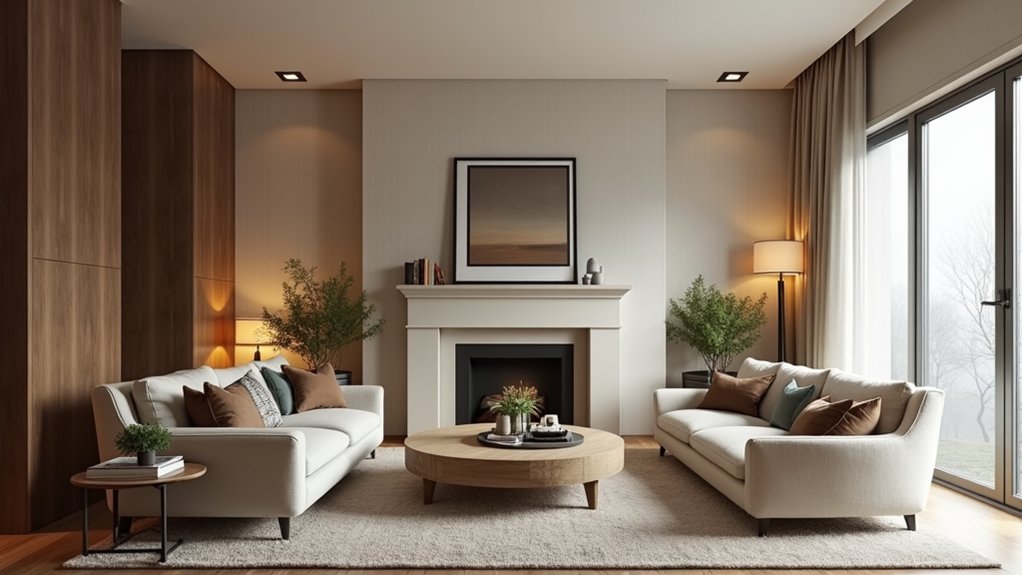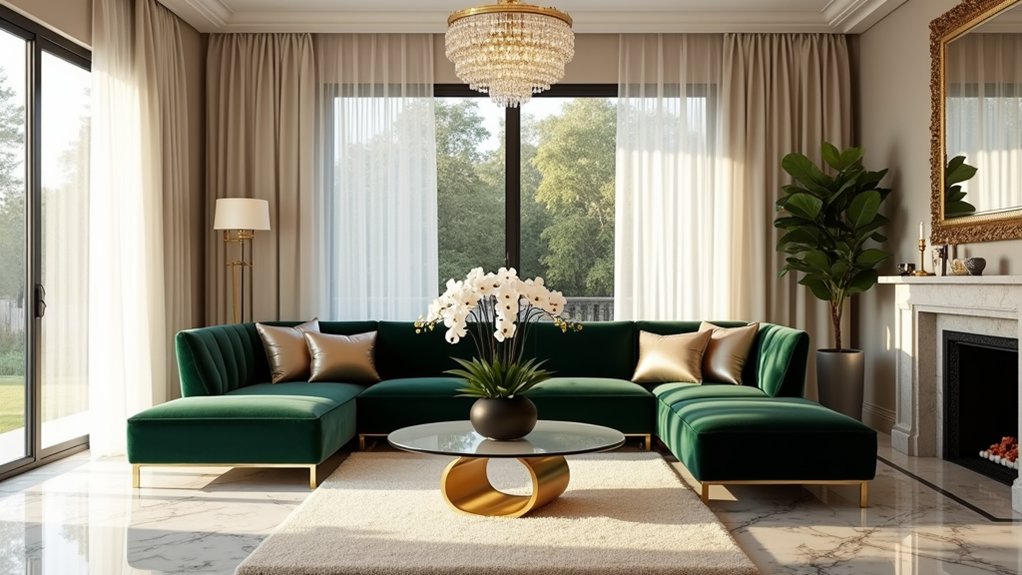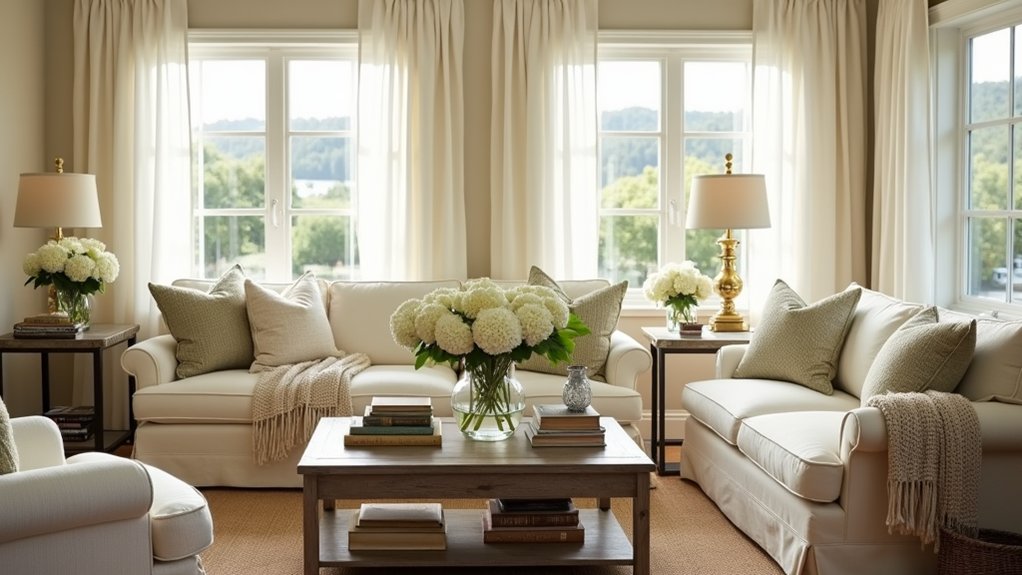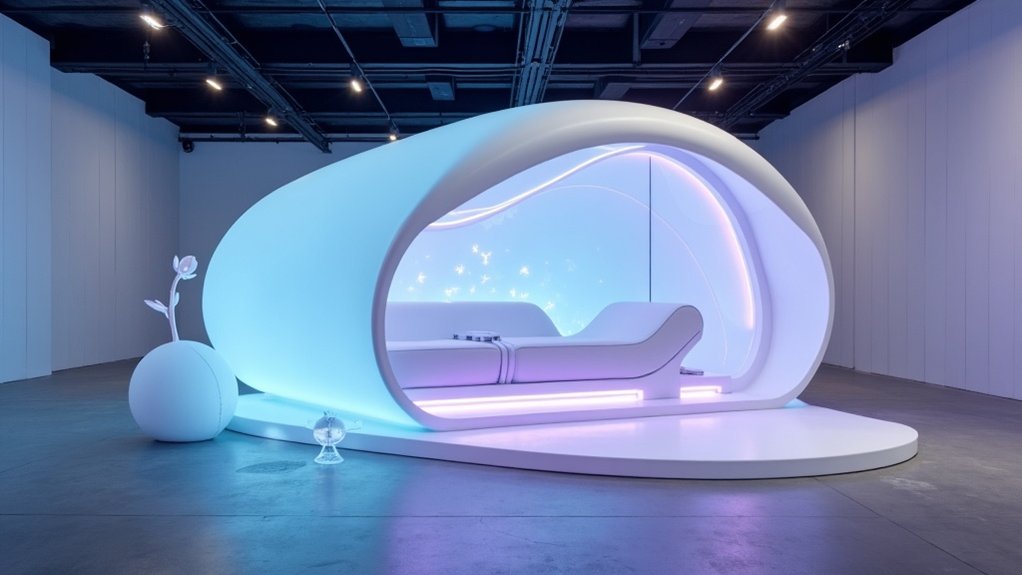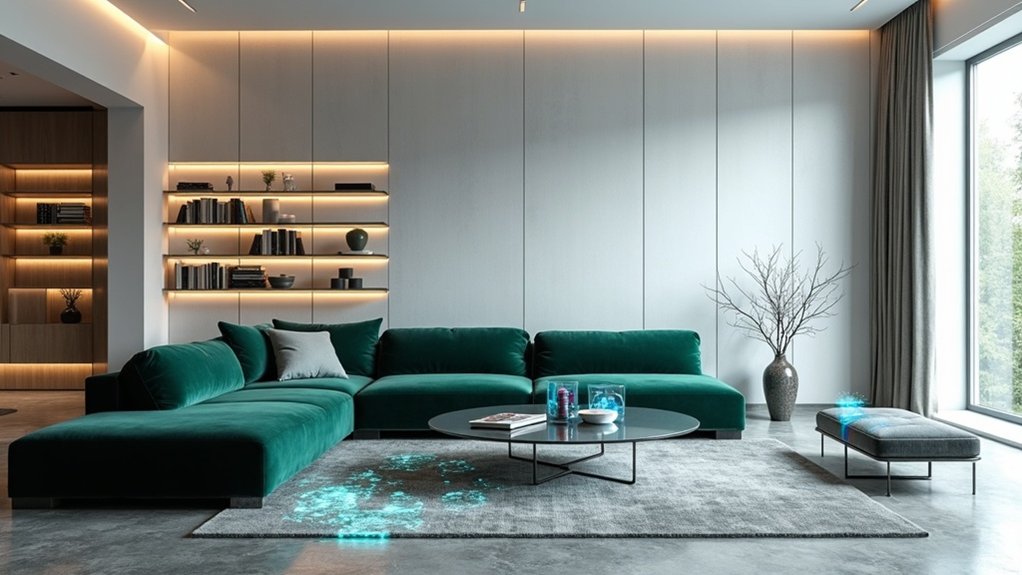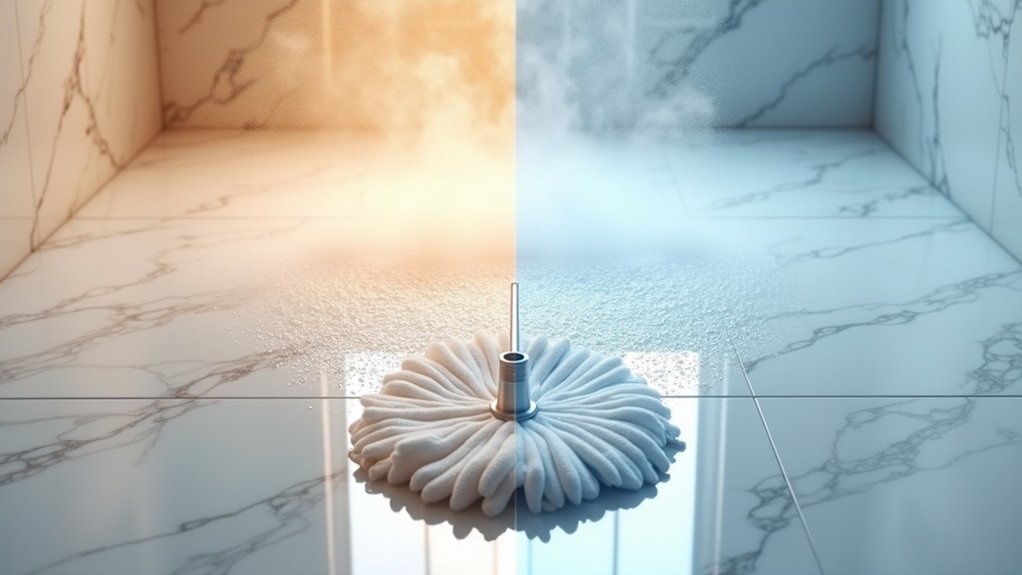Nearly four decades after its beginning, the distinctive 1980s Trump aesthetic is experiencing a remarkable resurgence in contemporary interior design. The style’s defining characteristics – maximalist compositions, lavish materials, and unabashed displays of opulence – are finding new appreciation among designers and affluent clients seeking alternatives to minimalist restraint.
The original Trump style emerged as a bold statement in luxury design, characterized by extensive use of Breccia Pernice marble, gleaming metallic finishes, and dramatic spatial arrangements. Multi-level layouts featuring soaring ceilings and intricate moldings created environments that commanded attention, while polished surfaces and gold accents established a visual language of success and power. The extensive incorporation of gilt and mirrors became a signature element that defined the era’s most prestigious spaces. Donald Trump’s decisions about the design elements were notably decisive, as he was known to make quick judgments on every aspect of the aesthetic.
Interior designer Angelo Donghia’s original vision for the Trump Tower triplex set precedents that continue to influence modern interpretations. “The style represented a perfect storm of late 70s glamour and 80s excess, creating spaces that demanded to be noticed,” notes contemporary design historian Marcus Chen. This resurgence aligns with a growing emphasis on wellness-focused aesthetics and sustainable living, reflecting a modern desire for both luxury and responsibility.
Today’s designers are reinterpreting these elements through a modern lens, incorporating sustainable materials and updated color palettes while maintaining the style’s signature impact. The revival of Trump-era aesthetics reflects broader cultural shifts toward visible luxury and personal expression in design.
Modern projects increasingly feature oversized decorative elements, bold material combinations, and spaces engineered for social impact. The style’s integration of public and private spaces, once revolutionary in residential design, now influences how designers approach contemporary luxury developments.
What distinguishes current interpretations is their sophisticated fusion of historical references with contemporary sensibilities. While the original style emphasized French “Louis the Hotel” influences and casino-inspired glamour, today’s versions incorporate technology-driven features and sustainable practices.
The result is a hybrid aesthetic that honors the original’s commitment to grandeur while addressing modern preferences for functionality and environmental consciousness. This revival demonstrates how historical design movements can evolve to meet contemporary tastes while maintaining their fundamental character.

